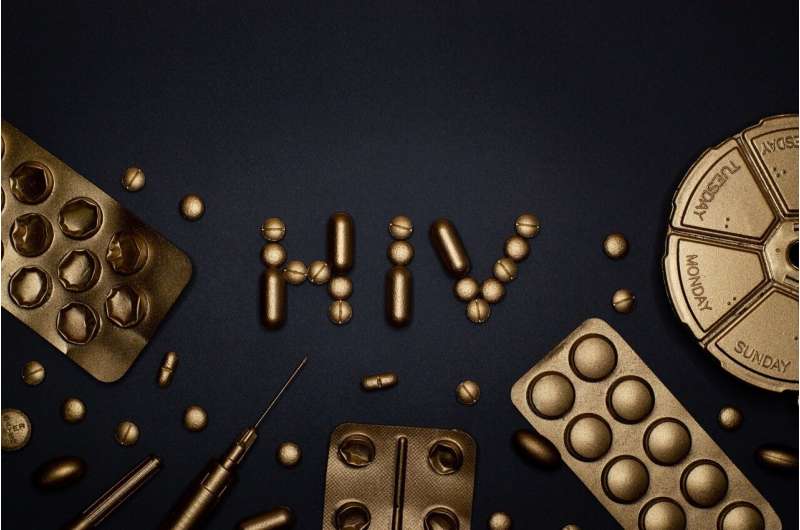Harnessing Social Media Videos to Enhance HIV Prevention Among Youth

A new study reveals that short, positive social media videos can significantly enhance HIV prevention awareness among teenagers and young adults, promoting better engagement and understanding of prevention methods like PrEP.
Recent research highlights the potential of social media videos to improve HIV prevention efforts targeted at teenagers and young adults. Led by specialists from Beth Israel Deaconess Medical Center and Boston Children's Hospital, the study emphasizes how young people prefer to learn about sexual health through platforms like TikTok and Instagram—similar to how they explore new music, hacks, or slang. The study found that short, positive, and proactive videos resonate best with youth, especially when they focus on the benefits of HIV prevention methods like pre-exposure prophylaxis (PrEP), a highly effective daily pill or injection that can reduce HIV risk by up to 99%. Despite the availability of PrEP since 2018, awareness and usage among those aged 13-24 remain low, partly due to limited knowledge.
To address this gap, researchers created two brief social-media-style videos: one emphasizing the advantages of taking PrEP (gain-framed) and the other highlighting the risks of not using it (loss-framed). Focus group participants, aged 15-25 from Boston, Michigan, and Los Angeles, preferred the positive messaging, citing its authenticity, relatability, and memorable visuals. Most had minimal experience with PrEP; only a third had been tested for HIV. The majority indicated that positive videos would motivate them to seek further information, especially if the content appeared in settings like clinics.
The findings suggest that public health initiatives should combine social media outreach with in-clinic viewing, promoting messages that are optimistic and engaging while involving young people in content creation. Professionals are encouraged to leverage platforms such as TikTok and Instagram, involve influencers, and ensure content is trustworthy and culturally relevant. As most videos are user-generated, health departments should collaborate with influencers and create official educational content to ensure accurate information dissemination.
While the current study mostly involved white, cisgender participants, the authors emphasize the importance of inclusive future research that considers diverse populations at greater HIV risk. Ultimately, the study underscores the importance of meeting youth where they are—online—to enhance HIV prevention and reduce infection rates.
Source: https://medicalxpress.com/news/2025-08-social-media-videos-boost-hiv.html
Stay Updated with Mia's Feed
Get the latest health & wellness insights delivered straight to your inbox.
Related Articles
Innovative Drug Targets Liver Tissue Structure to Combat Alcohol-Related Liver Damage
A novel cyclophilin inhibitor shows promise in reversing liver fibrosis caused by alcohol, using human tissue models to pave the way for new therapies in alcohol-related liver disease.
Effective Strategies to Reduce Pediatric Vehicular Heatstroke Risks
Recent research underscores the importance of combining multiple safety technologies and measures to effectively prevent pediatric vehicular heatstroke and protect children from this preventable danger.



